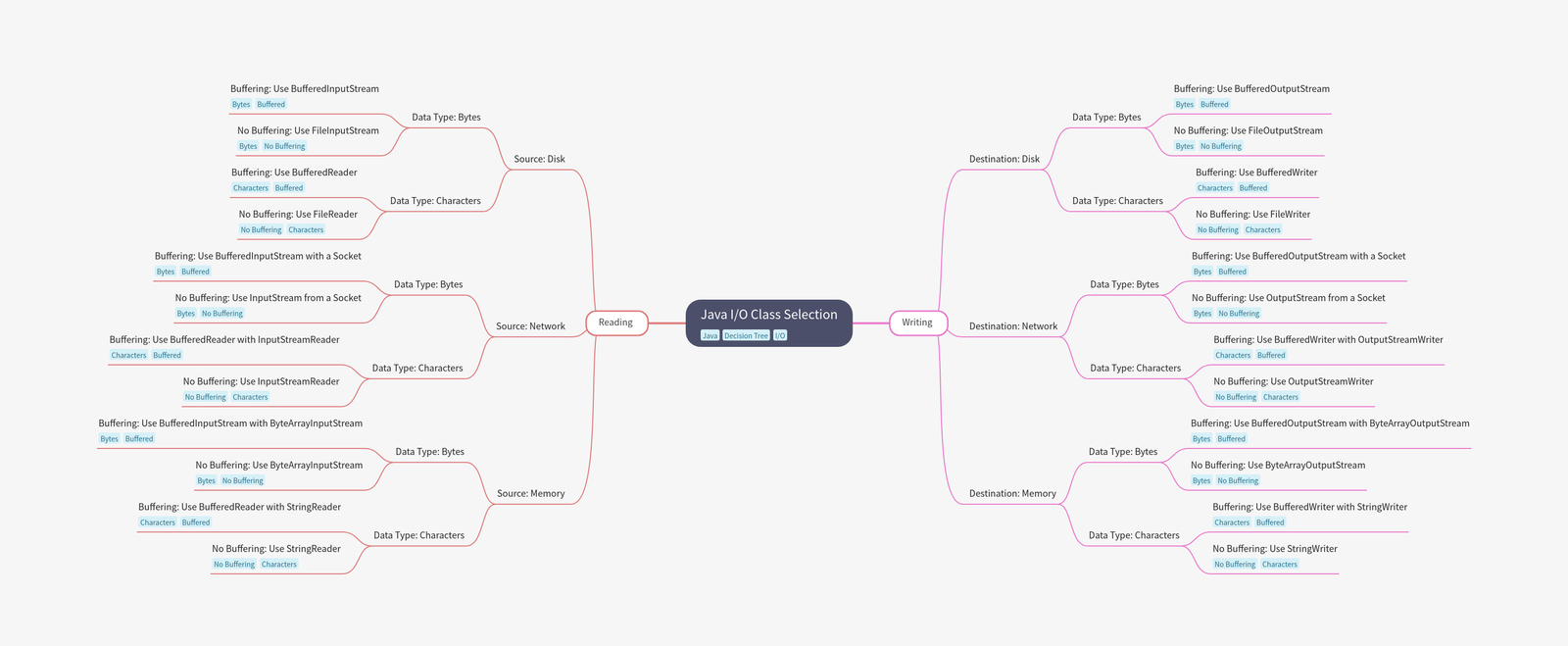-
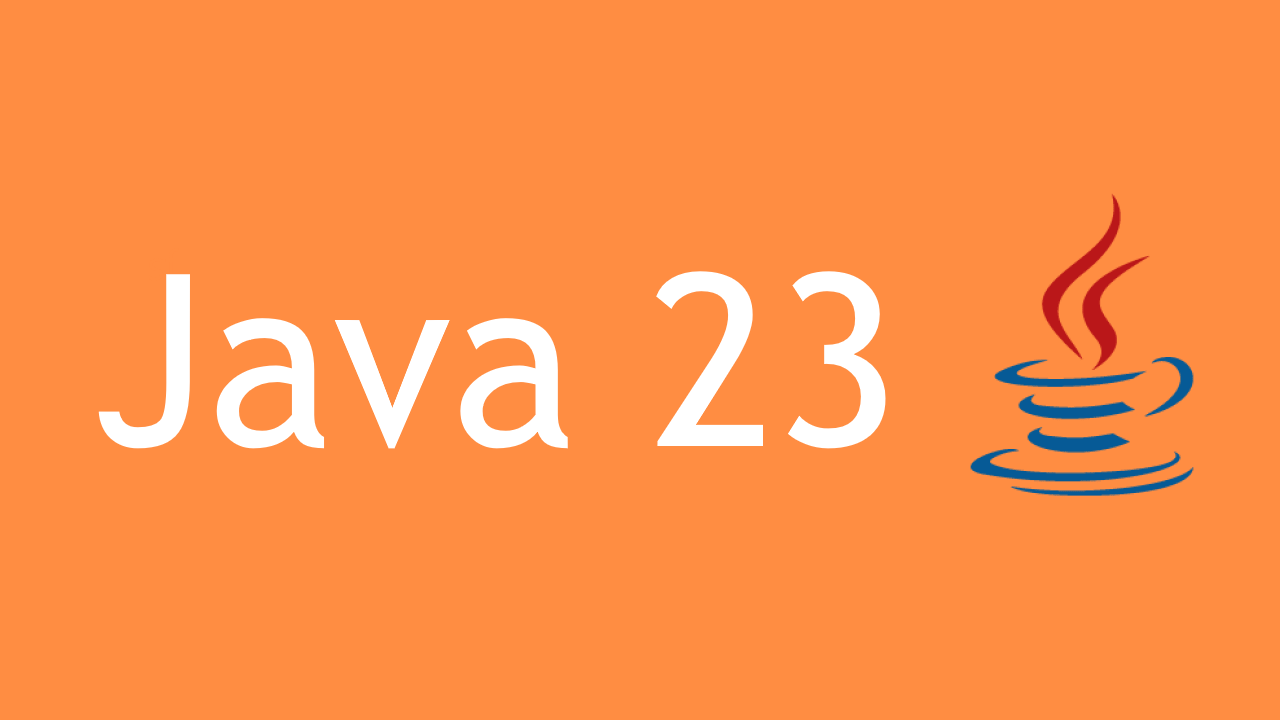 Continue reading →: The New Features in Java 23
Continue reading →: The New Features in Java 23An Overview of the features with Code Examples Java 23, released in September 2024, continues the tradition of introducing improvements that make the language more efficient and developer-friendly. The release includes enhancements like ZGC’s generational mode, deprecation of unsafe memory-access methods, structured concurrency, and new capabilities in JavaDoc. This article…
-
Continue reading →: Mastering Java IO: Part 3 – Exploring Text Input with Readers
This part of the “Mastering Java I/O” series covers Java’s Reader classes for character-based input, focusing on handling text data effectively. It introduces FileReader, BufferedReader, InputStreamReader, CharArrayReader, StringReader, and PipedReader, explaining their use cases and providing examples. These classes extend Java’s abstract Reader class, making them essential for diverse text…
-
 Continue reading →: Java Records: A Definitive Guide
Continue reading →: Java Records: A Definitive GuideIn many Java applications, we often create classes to hold simple data, like database results, query results, or information from external services. These data classes typically need to be immutable to ensure data integrity without requiring complex synchronization.
-
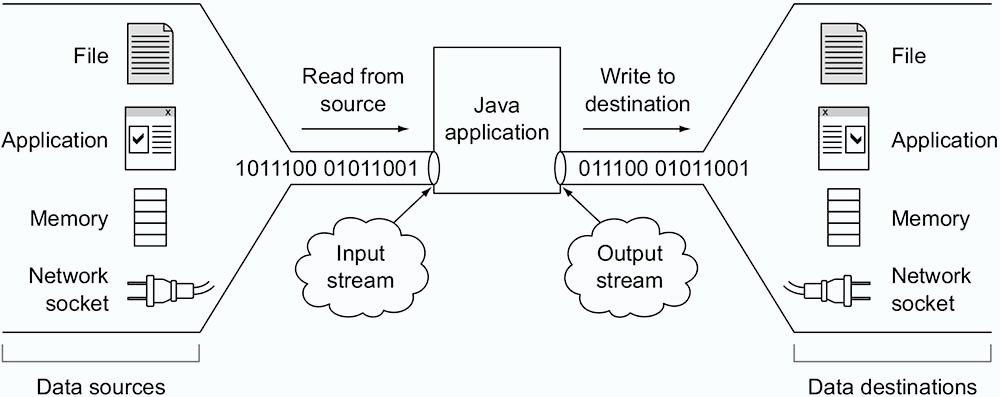 Continue reading →: Mastering Java I/O: Part 2 – Diving into InputStream
Continue reading →: Mastering Java I/O: Part 2 – Diving into InputStreamIn the previous part of our Java I/O series, we introduced the concept of streams and explored the foundational ideas that drive Java’s input and output operations. We discussed how Java abstracts the complexities of data handling across various sources, such as files and network connections, into a unified stream-based…
-
 Continue reading →: Mastering Java I/O: Part 1- The Concepts of Java IO APIs
Continue reading →: Mastering Java I/O: Part 1- The Concepts of Java IO APIsThe article delves into Java I/O APIs, explaining their significance in handling diverse input and output operations. It focuses on the concept of streams, their types (Input and Output), and how abstractions simplify data handling. It also highlights the Decorator Pattern for flexibility, the blocking nature of I/O streams, and…
-
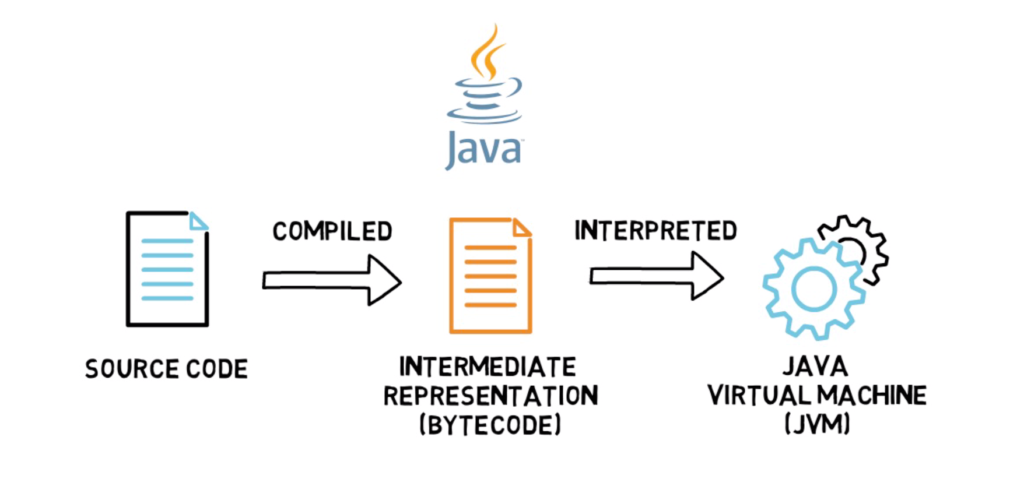 Continue reading →: Java from Source to Binary
Continue reading →: Java from Source to BinaryA Friendly Guide to How Your Code Becomes a Program Introduction Have you ever wondered what happens when you hit the “Run” button on your Java program? How does your neatly written code turn into something the computer can actually execute? Let’s take a journey through the life of a…
-
 Continue reading →: Java’s Evolution in Date and Time Handling:
Continue reading →: Java’s Evolution in Date and Time Handling:A Journey of Agility and Adaptation Introduction Imagine writing code to handle dates and times, expecting it to be straightforward, only to run into a maze of unexpected bugs and complexities. If you’ve ever worked with Java’s early date and time classes, this might sound familiar. But Java, true to…
-
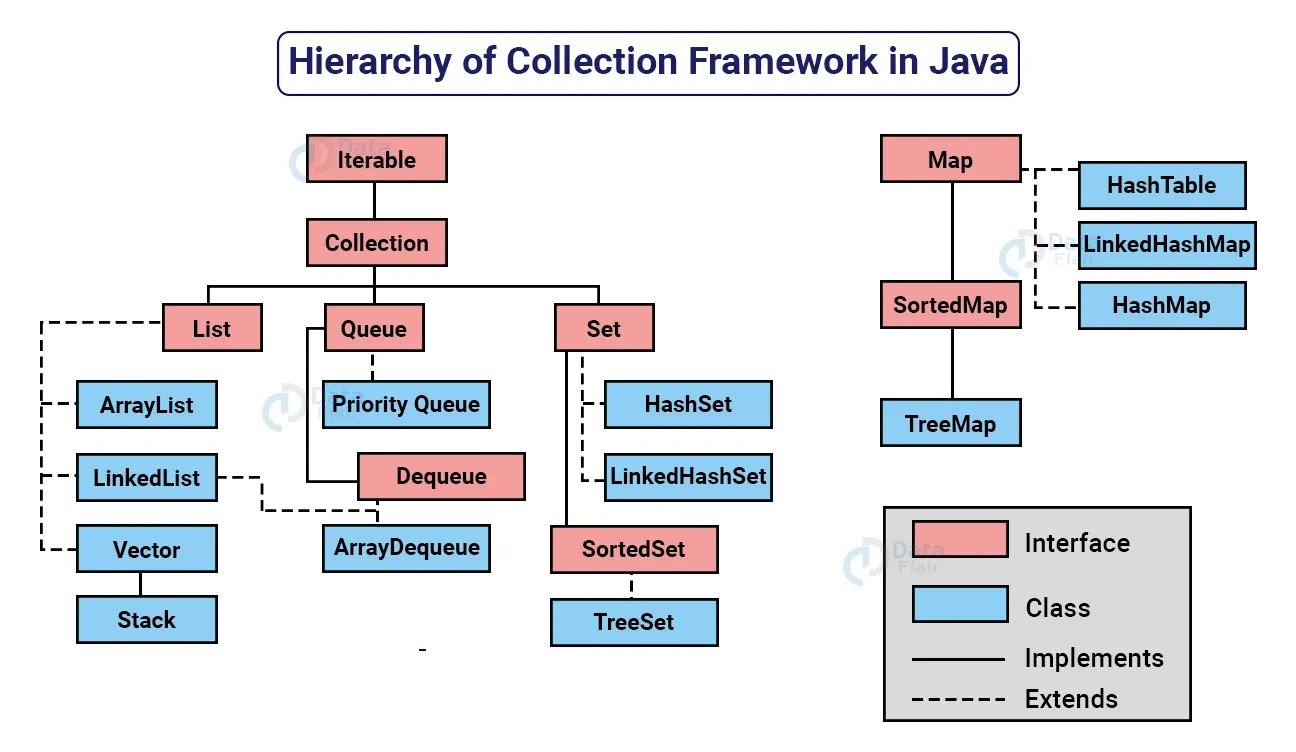 Continue reading →: Java Collections Framework for Beginners:
Continue reading →: Java Collections Framework for Beginners:Welcome to Byte-Code! If you’re stepping into the world of Java programming, understanding the Java Collections Framework (JCF) is a must. This guide will help you grasp the essentials of collections in Java, including lists, sets, and maps, and how to use them effectively. What is the Java Collections Framework?…
-
 Continue reading →: Welcome to Byte-Code
Continue reading →: Welcome to Byte-CodeYour Journey to Java Mastery Begins Here Hello, and welcome to Byte-Code java blog ! Whether you’re just starting out with Java or you’re a seasoned developer, you’ve come to the right place : Byte Code Java Blog. I’m excited to kick off this blog and share my passion for…
-
Continue reading →: Why Java Has So Much Success
Java, a programming language that has stood the test of time, continues to be one of the most popular and widely used languages in the tech industry. But what makes Java so successful, even decades after its creation? Let’s dive into the key factors behind Java’s enduring success.
Hello,
I’m A Java Enthusiast
Welcome to Byte-Code, your go-to corner of the internet for all things Java. Here, I invite you to join me on a journey through the world of programming, where we’ll explore the intricacies of Java, dive into coding challenges, and build solutions with a touch of creativity. Let’s code something amazing together!
Let’s connect
Join the fun!
Stay updated with our latest tutorials and ideas by joining our newsletter.


